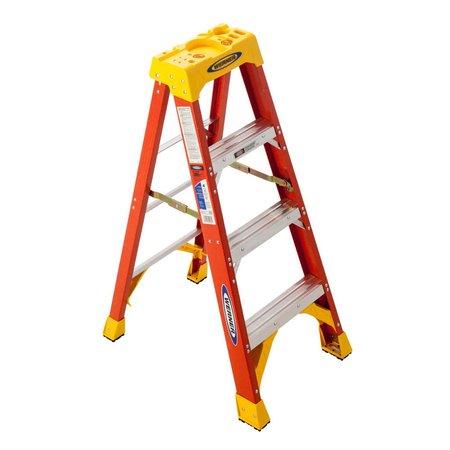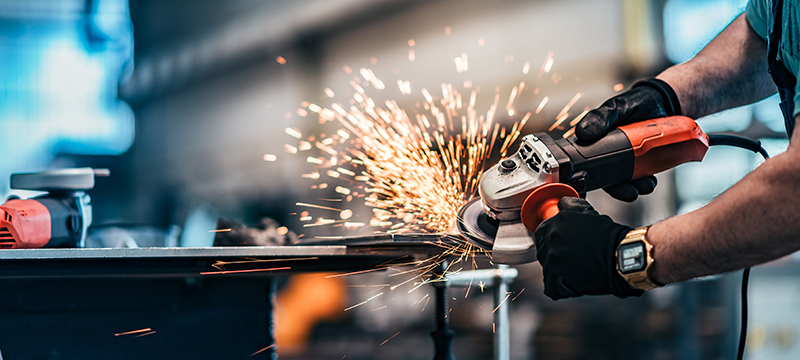While ladders are very useful and practical in homes and workplaces, using these indispensable tools without proper safety precautions may result in serious injuries or worse. Working with these tools requires alertness with ample caution to minimize the risks to yourself and others. This post discusses important and practicable ladder safety tips for all types of ladders, and a few for more specific ladder types.
Inspect the Ladder Before Use
Inspect the tool for any cracks, loose rungs, or other signs of damage before stepping onto the rungs. If you notice any defects, avoid using the ladder and have it repaired or replaced.
Positioning and Stability
Ensure that the ladder is placed on a level surface with the base set firmly. Use ladder stabilizers or secure the ladder at the top to prevent it from slipping or moving.
Climbing and Descending
When climbing up or down a straight ladder, maintain a three-point contact rule. This means that two hands and one foot or two feet and one hand are always in contact with the ladder. Avoid carrying heavy objects that may impede your balance or stability.
No Overreaching
A common cause of ladder accidents is overreaching. Always keep your hips within the ladder’s rails and refrain from leaning too far to the side. If you can’t reach an object comfortably from your current position, climb down and reposition the ladder closer to the task.
Step Ladders

Step ladders are self-supporting and do not require leaning against a wall or other surface. While they offer great stability, following safety precautions makes them safer to use.
Weight Capacity
Step ladders have a maximum weight capacity indicated by the manufacturer. Make sure that you do not exceed this limit to prevent the ladder from collapsing.
Fully Open and Lock the Ladder
Before stepping onto a step ladder, extend it fully and lock all hinges and braces to ensure its stability. Never stand on the top two steps or use it while it is partially folded.
Don’t Use as a Straight Ladder
Step ladders are designed for supported use rather than using them as straight ladders. Never place a step ladder on another surface, such as a table or scaffold, to achieve extra height.
Keep the Workspace Clear
Clear the area around the step ladder of any clutter or obstacles. This will allow you to maintain your balance and avoid tripping hazards when ascending or descending.
Extension Ladders

Extension ladders consist of two sections that can be extended to reach greater heights. Proper usage is crucial for safety due to their increased complexity.
Length and Angle
Ensure that the ladder is the correct length for the task. Avoid standing too high on the ladder, or you’ll risk losing your balance. Follow the 4-to-1 rule when setting up the ladder. This means placing the base of the ladder one foot away from the wall for every four feet of ladder height.
Secure the Ladder
Secure the top of the extension ladder to a suitable point using its hooks or any other anchoring method. This helps keep the ladder in place while in use.
Consider the Weight
Just like with all ladders, be mindful of its max weight capacity. Overloading can cause the ladder to collapse or become unstable. If you need to carry heavy tools or equipment, use a tool belt or a pulley system attached to the ladder to minimize the strain.
Be Cautious of Power Lines
When working with extension ladders, always be mindful of nearby power lines. Ensure that the ladder is positioned a safe distance away from power lines to eliminate the risk of electric shock.
These ladder safety precautions will minimize the risks while you’re using the tool. Whether you are using straight, step or extension ladders, remember to inspect them before use, maintain stability and positioning, avoid overreaching, and always prioritize your safety.




